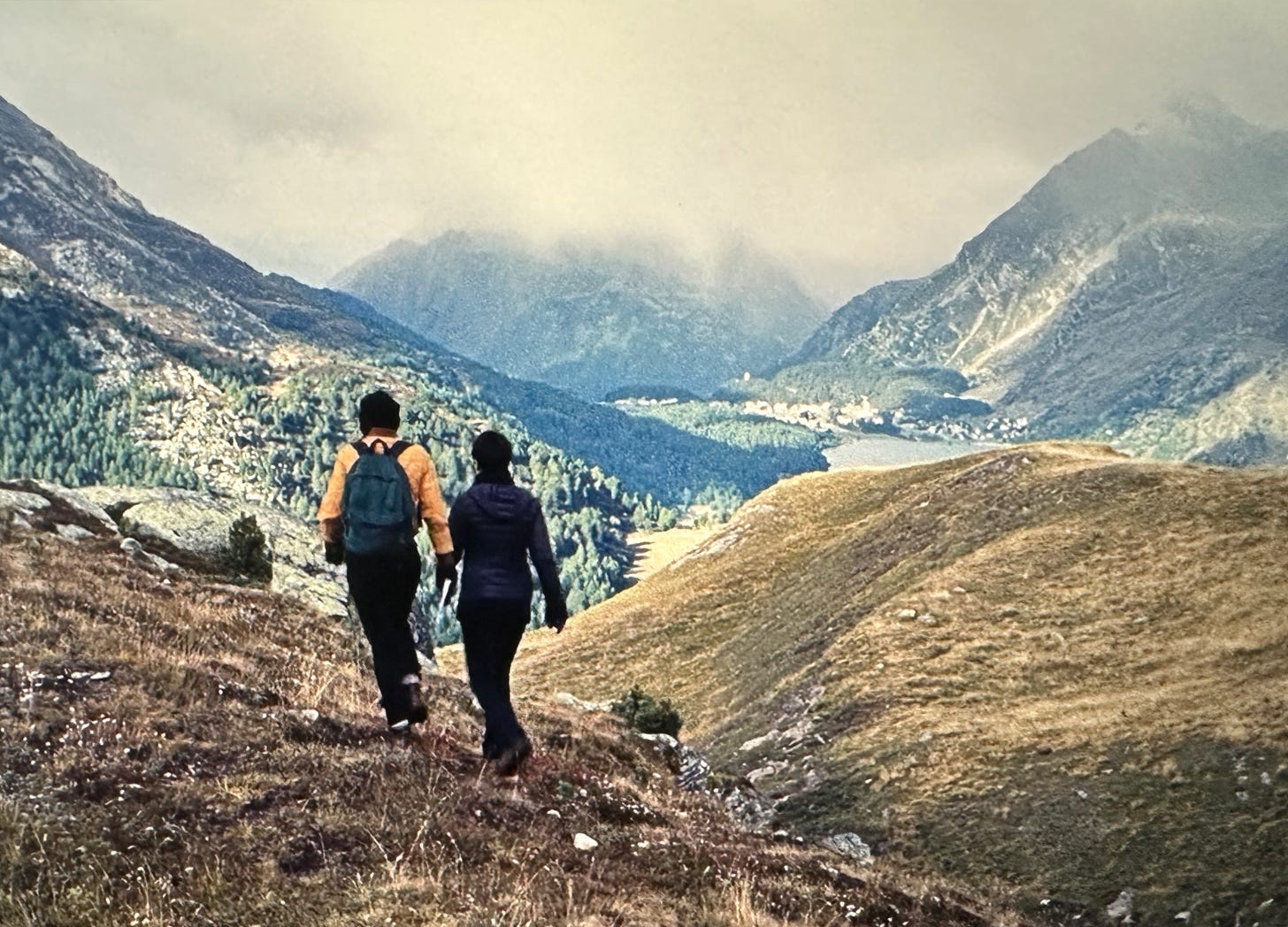Sunday Coffee
Deleted scenes from this week's column "Fight Club"

I write a lot of scenes of people getting from place to place, or people getting ready for a thing, or coming down from a thing, just because we all know the big events but what are all the little things that lead you to the big event? —Greta Gerwig
Greta Gerwig’s words stayed with me this week. The in-betweens, those moments of transition and drift, became a lens as I read everything that followed.
The interviews I read for this week’s column were a trove of context on how actors and directors collaborate. But the details also gave me a view of something less discussed: how directors use setting itself as a collaborator in the emergence of their work.
The edit
In Lady Bird, the in-betweens play out across iconic Sacramento locations. In Clouds of Sils Maria, they unfold along disorienting mountain paths.
If you’re not familiar with Gerwig, you might assume Lady Bird is set in California because of the distance a kid will go to escape their parents. But Sacramento is Gerwig’s hometown. She chose it, she says, because she loves it, and because she could “film it lovingly,” something she felt hadn’t been done before.
Assayas first encountered the Engadin valley through an early twentieth-century documentary by Arnold Fanck, whose footage of the region’s shifting clouds inspired both the film’s title and its meditations on time.
“The documentary footage in those movies is just amazing. I had no idea they were famous clouds. I recognized the places where he had been shooting a century before. It just gave me a sense of embodying the passing of time.”
He includes a clip from Fanck in Clouds, just as he includes a clip from Rendez-vous —the film he co-wrote with André Téchiné that made Binoche a star. I loved this doubling: Assayas shows his work in the same way he has his actors show the work of making their characters.
Time is on Gerwig’s mind too. She says she’s “a big believer in the more specific you make something, the more universal it is.” Her familiarity with Sacramento let her take a coming-of-age story to a very specific place and give it a universal landscape. People who watch Lady Bird feel “their particular geography of their childhood and how they relate to that as an adult.”
Why are we here? Why this setting?
For both director/ screenwriters, setting becomes a temporal instrument: Gerwig’s hometown replays the memory of growing up, while Assayas’s mountains collapse a century of cinema into the present tense.
For Assayas, the landscape matters precisely for its distinctiveness, not its common denominator. “I have the actress, she’s rehearsing a play with her assistant. She doesn’t have to be in a flat in Paris. They are lost in the middle of a landscape. Why not this landscape?”
Still, I found myself most drawn to a slightly more complicated reading of setting—not as the establishing shot of a story, but as a living relationship among plot, character, and theme. Setting does more than locate a story; it shapes the conditions of discovery. It is, as Gerwig says, “all these little corridors that seem like there might be something promising.” Olivier Assayas put it another way: a director must stay “surprised by where the film is heading... aware not of what you want the story to be but what the story itself wants to be.”
The in-betweens? That’s where you discover not the story you brought to the project, but the one that’s been inventing itself all along.



